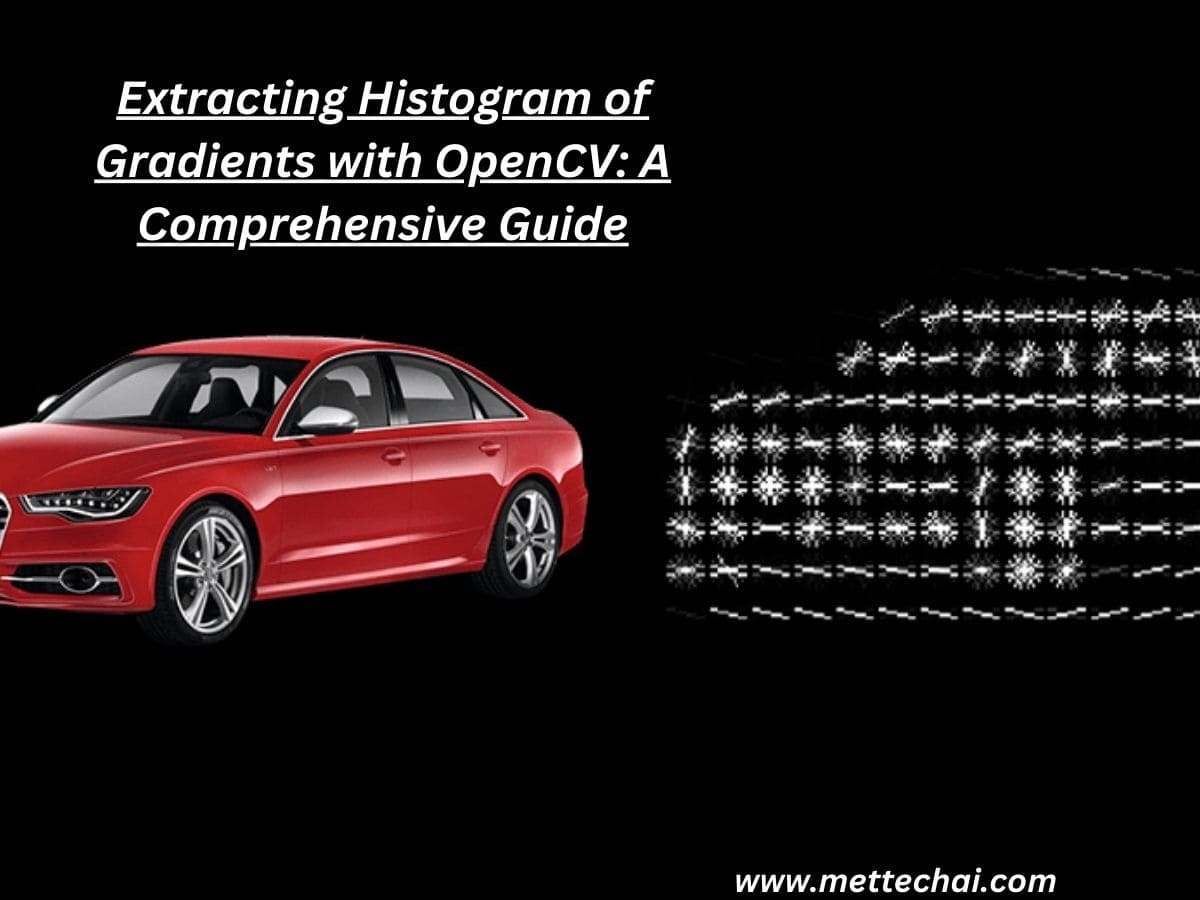Extracting Histogram of Gradients with OpenCV: A Comprehensive Guide

Overview
The Histogram of Gradients (HOG) is a powerful feature descriptor widely used in computer vision for object detection. It captures the local intensity gradients in an image, providing a representation that is robust to variations in illumination and contrast. In this article, we will delve into the concept of Extract HOG with OpenCV and explore how to compute it using OpenCV. Additionally, we will showcase the practical application of HOG for people detection.
Understanding Extract HOG with OpenCV
What is HOG?
HOG operates on the principle that object shapes and structures can be described by the distribution of intensity gradients or edge directions. By dividing an image into small cells, HOG calculates the gradients within each cell and then forms a histogram of these gradients. The resulting feature vector encapsulates the spatial distribution of gradients, offering a concise representation of the object’s structure.
Key Components of HOG
Image Gradient Calculation:
- Understanding how gradients are computed using techniques like Sobel operators.
Cell Division:
- Breaking down the image into smaller cells to capture local gradient information.
Histograms of Oriented Gradients:
- Constructing histograms based on gradient orientations within each cell.
Block Normalization:
- Normalizing the histogram values to enhance robustness against lighting variations.
Computing HOG in OpenCV
OpenCV, a popular computer vision library, provides a convenient interface for extracting HOG features. The implementation involves a series of steps, including image preprocessing, gradient computation, and feature vector extraction. We will walk through each step, providing code snippets for better understanding.
Using Extract HOG with OpenCV for People Detection
One of the practical applications of HOG is in people detection. Leveraging pre-trained HOG classifiers and OpenCV’s functions, we can identify and localize humans in images or video streams. We will demonstrate the integration of HOG for people detection, emphasizing the significance of parameter tuning for optimal results.
Further Reading
Books
- “Computer Vision: Algorithms and Applications” by Richard Szeliski
- This comprehensive book provides insights into various computer vision techniques, including a detailed section on feature descriptors like HOG.
- “Learning OpenCV 4: Computer Vision with Python 3” by Adrian Kaehler and Gary Bradski
- A hands-on guide that covers OpenCV essentials, including HOG-based object detection.
Websites
- The official documentation is an invaluable resource for understanding OpenCV functions and their usage.
- PyImageSearch
- A blog dedicated to computer vision and deep learning, offering tutorials and practical examples.
Summary
In conclusion, the Histogram of Gradients is a powerful feature descriptor that plays a crucial role in object detection. OpenCV simplifies the implementation of HOG, making it accessible to developers and researchers. By exploring the theoretical foundations, practical implementation, and real-world applications, we hope this article serves as a comprehensive guide to extracting and utilizing Extract HOG with OpenCV. For further exploration, the suggested books and websites offer additional depth and insights into the world of computer vision.

